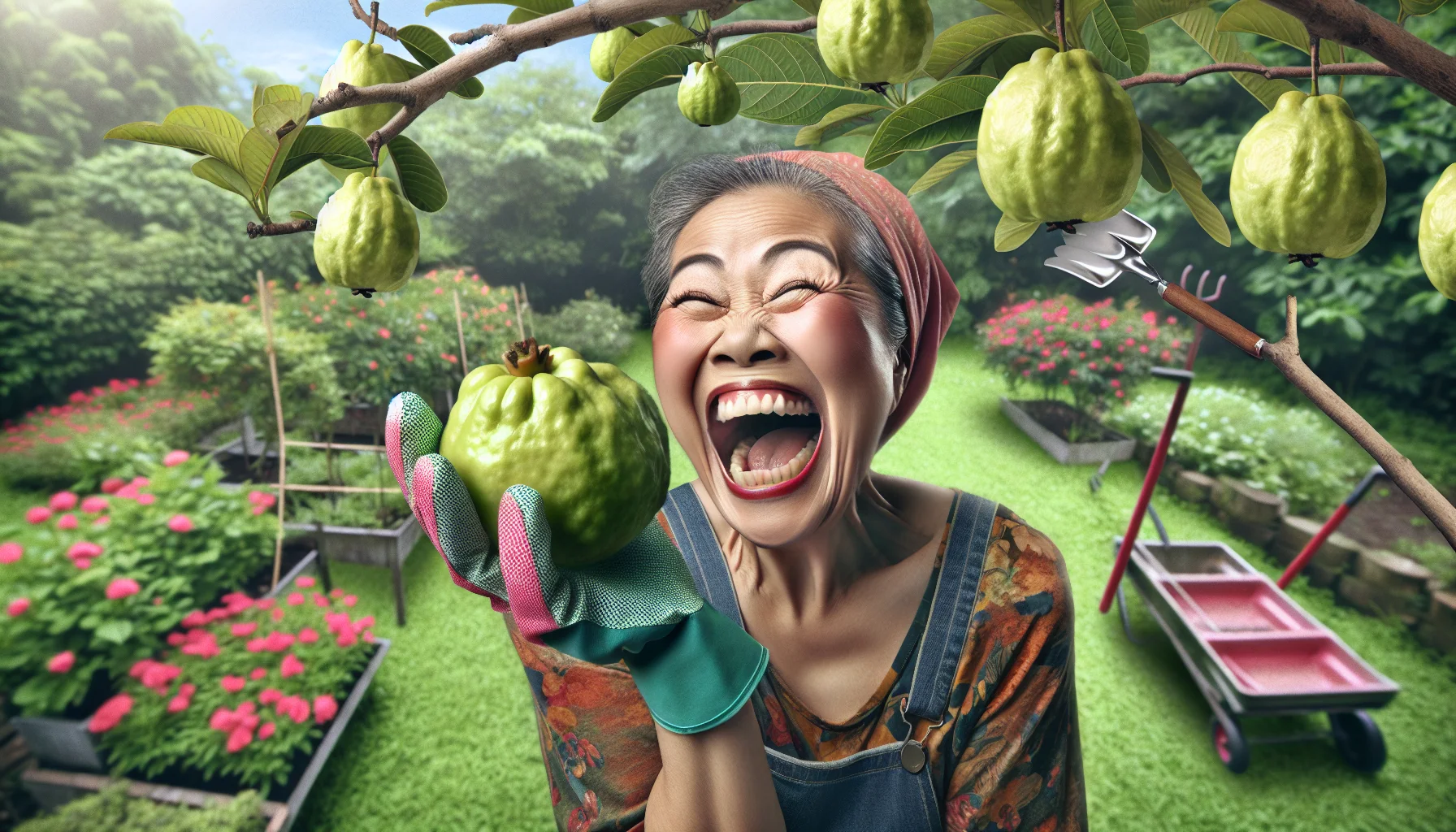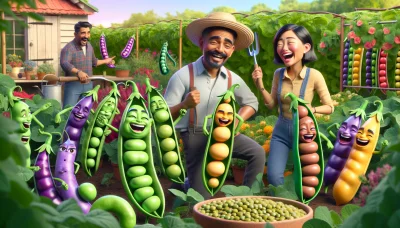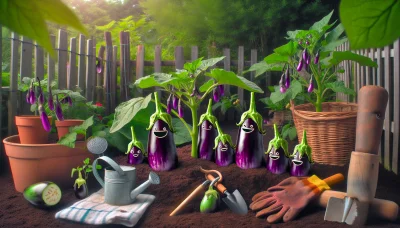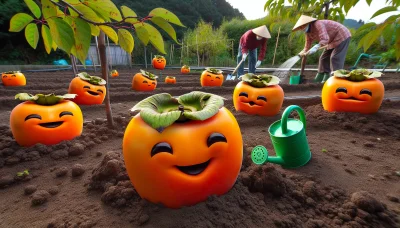How to eat guava fruit Quiz
Test Your Knowledge
Question of
How to Eat Guava Fruit: A Gardener's Guide
Guava fruit, a tropical treasure, is not only delicious but also packed with nutritional benefits. Rich in vitamins C and A, fiber, and antioxidants, guava supports immune function, digestion, and skin health. Originating from Central America, this fruit has become a favorite worldwide, adaptable in various culinary uses from fresh consumption to being a key ingredient in jams and desserts. Discover the joy and benefits of incorporating guava into your diet.
Selecting the Perfect Guava
Choosing ripe guava fruit, whether from your garden or the market, involves paying close attention to its color, texture, and aroma. A ripe guava typically has a bright yellowish-green color, although some varieties may exhibit a lovely pink hue. The texture of the fruit should yield slightly under gentle pressure, similar to a ripe avocado, indicating that it's ready to eat. However, it should not be too soft, as this may suggest overripeness. The aroma is another crucial indicator; a ripe guava emits a strong, sweet, and tropical fragrance that is hard to miss. By using these sensory cues, you can select the perfect guava that promises both excellent taste and texture.
Preparation and Consumption Methods
- Eating it raw
- Making guava juice
- Using it in recipes
The Health Benefits of Guava
Guava is a tropical fruit that is not only delicious but also packed with a myriad of nutrients beneficial for health. It is an excellent source of vitamins such as Vitamin C, which is known for its immunity-boosting properties, and Vitamin A, which supports vision and skin health. In addition to these vitamins, guava is rich in minerals like potassium, which helps in maintaining a healthy heart rate and blood pressure. Furthermore, guavas are a great source of dietary fibers, contributing to better digestion and aiding in weight loss efforts. Incorporating guava into your diet can be a delightful way to enhance your nutrient intake and support overall health.
Growing Your Own Guava Tree
Planting and caring for a guava tree in your home garden can be a rewarding experience with delicious fruits to enjoy. Start by choosing a sunny spot as guavas thrive in full sunlight. Ensure the soil is well-draining; if not, consider raising the bed or planting in a large pot. When planting, mix in some compost to give your tree a good start. Water your guava tree deeply but infrequently, allowing the soil to dry slightly between waterings, as guava trees do not like to sit in water. During the growing season, feed your tree with a balanced fertilizer to support its growth and fruit production. Pruning is essential too; do it annually to remove any dead or crossing branches and to maintain the shape. With these care tips, your guava tree will be a fruitful addition to your garden.
Common Pests and Diseases Affecting Guava Trees
- Guava Moth: This pest lays eggs on the fruit, leading to larvae that burrow inside. Prevention can include using pheromone traps to catch adult moths. For treatment, remove and destroy infested fruit to reduce the population.
- Fruit Flies: They are attracted to ripening or decaying fruit. To prevent them, harvest fruit early and use fruit fly traps. Treatment often involves the use of bait and insecticides specifically designed for fruit flies.
- Guava Rust: A fungal disease that causes orange spots on leaves and fruit. Prevent it by ensuring good air circulation and avoiding overhead watering. Fungicides can be used as a treatment, but it's crucial to apply them at the first sign of infection.
Harvesting and Storing Guava Fruit
Harvesting guava from your garden at the right time is crucial for ensuring the best taste and longevity of the fruit. Guavas are best harvested when they start to change color and yield slightly under gentle pressure, indicating they are ripe. It's important to use a sharp knife or scissors to cut the fruit from the tree to avoid damaging the branch and the fruit itself. Once harvested, guava can ripen further at room temperature over a few days. For storage, guavas can be kept at room temperature if they will be consumed soon. For longer storage, place them in the refrigerator where they can last for about two weeks. To maximize freshness and flavor, it's recommended to keep them in a plastic bag or container to retain moisture. However, be sure to check regularly for any signs of over-ripeness or decay to prevent spoilage of surrounding fruits.












